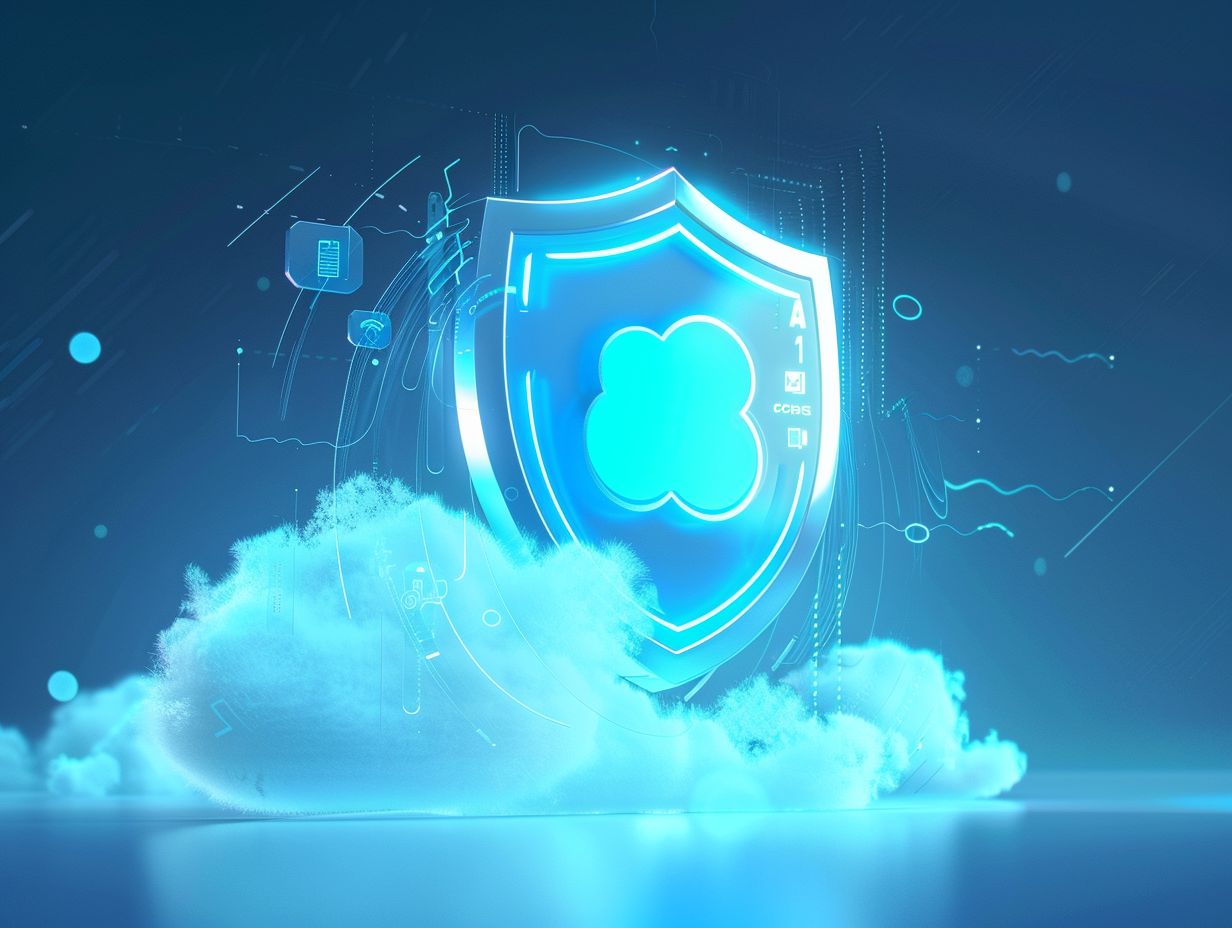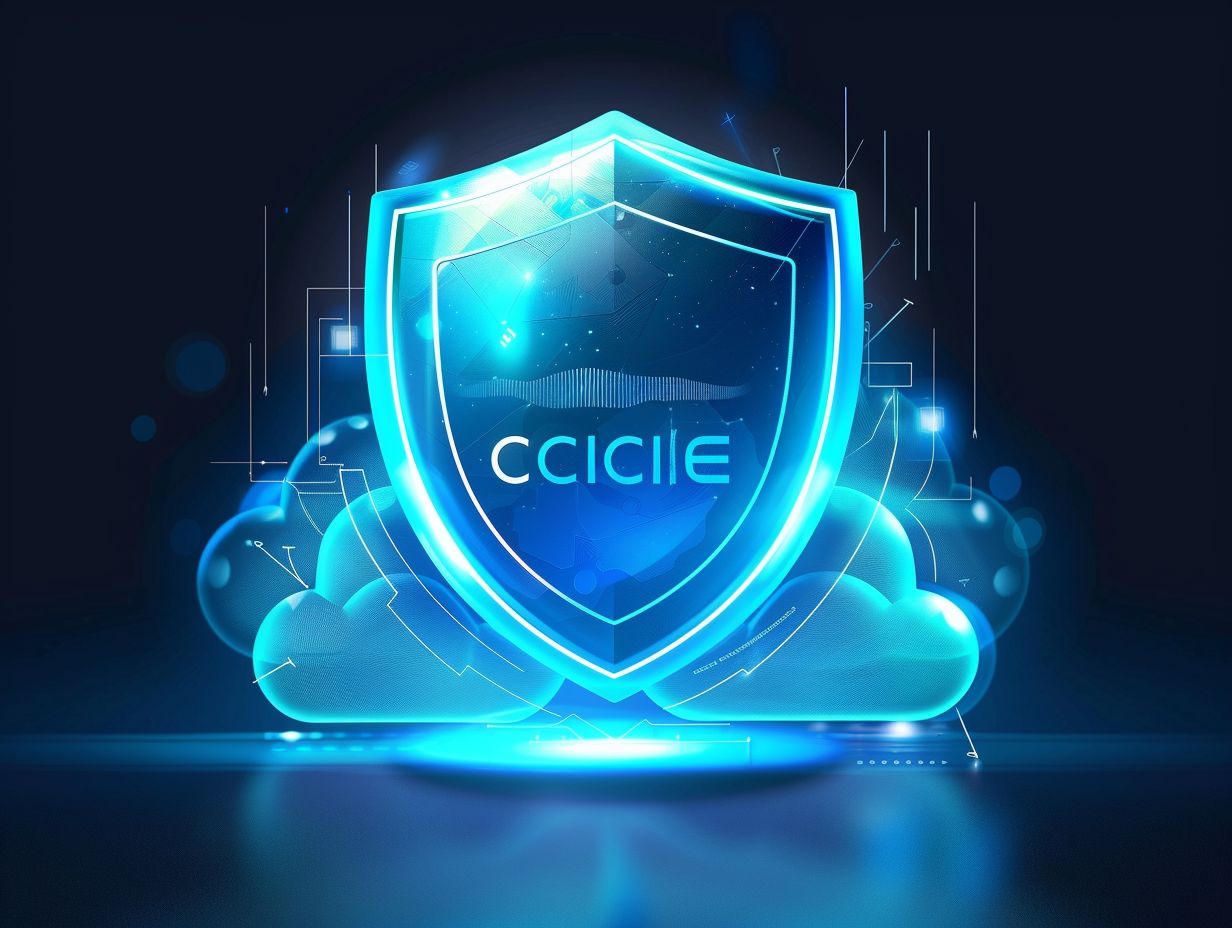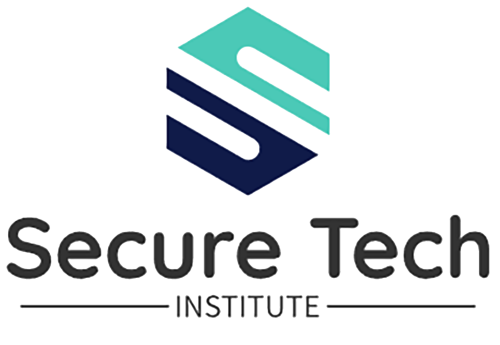In today’s digital age, Cisco Cloud Deployments have become a critical component of many organizations’ IT infrastructure. With the rise of cyber threats, ensuring the security of these cloud solutions is more important than ever.
This article offers an in-depth examination of the security risks associated with Cisco Cloud Deployments, common vulnerabilities, and threats to be mindful of, as well as best practices for securing these deployments.
The discussion will cover the tools and technologies that can enhance the security of Cisco Cloud Deployments, such as Intrusion Detection and Prevention Systems, Network Segmentation, and Security Information and Event Management solutions.
Let’s delve into the realm of securing Cisco Cloud Deployments.
Key Takeaways:

Understanding Cisco Cloud Deployments
To understand Cisco Cloud Deployments, you must delve into a comprehensive overview of the technologies and solutions provided by Cisco for the establishment of secure cloud environments. This includes engaging in hands-on labs to access and analyze data, ensuring a practical grasp of cloud security principles and practices.
In the realm of Cisco cloud technologies, various offerings such as SECCLD, Cloudlock, Umbrella, Advanced Malware Protection, and Stealthwatch assume critical roles in fortifying cloud infrastructures. SECCLD offers extensive cloud security across diverse platforms, while Cloudlock provides cloud-native CASB (Cloud Access Security Broker) solutions for monitoring and safeguarding data. Umbrella serves as the primary defense against threats by securing internet access, and Advanced Malware Protection aids in the detection and remediation of advanced malware threats. The utilization of Stealthwatch heightens visibility into cloud traffic, enabling the identification and mitigation of potential security breaches.
Overview of Cisco Cloud Solutions
An exploration of Cisco Cloud Solutions delves into the realm of cloud security and the array of technologies engineered by Cisco, such as SECCLD, to safeguard cloud-based operations. These solutions are tailored to a broad audience, encompassing security engineers, system administrators, and individuals overseeing public, private, or hybrid cloud infrastructures.
The cloud security solutions provided by Cisco are meticulously crafted to be highly adaptable, catering to diverse cloud models and virtualization environments. For example, Cisco’s SECCLD technology is specifically designed to seamlessly work together with AWS, a prominent cloud platform. This seamless integration not only ensures robust security for cloud deployments but also facilitates efficient management of software-defined networking environments. By capitalizing on Cisco s solutions, organizations can confidently navigate the intricacies of cloud security across various deployment scenarios.
Security Risks in Cisco Cloud Deployments
Security Risks in Cisco Cloud Deployments present a significant challenge to you because of the potential for policy violations, compromised devices, and the necessity for robust security controls. It is crucial for you to ensure data integrity and uphold network confidentiality to effectively mitigate these risks.
Instances involving policy violations within cloud deployments in the Cisco environment can lead to unauthorized access to sensitive information, resulting in data leaks or breaches. Compromised devices within the Cisco cloud infrastructure may act as vulnerable points for malicious actors to exploit.
Enhancing the overall security posture can be achieved by implementing stringent security controls like multi-factor authentication, encryption protocols, and regular vulnerability assessments. Proactive monitoring and incident response mechanisms are essential for you to detect and promptly address any security incidents, thereby minimizing the impact of potential breaches.
Common Vulnerabilities and Threats
Common Vulnerabilities and Threats in Cisco cloud security landscapes are often related to compromised devices, unauthorized access through Firepower or Cloudlock, and the vulnerability of cloud environments exposed to risks. Understanding these threats is paramount for effective risk mitigation strategies.
One of the key vulnerabilities faced by Cisco cloud deployments is the lack of visibility into network traffic, making it difficult to detect and respond to potential threats. Attackers may exploit this gap to infiltrate the network or exfiltrate sensitive data without being noticed.
Security solutions like Umbrella play a crucial role in providing real-time threat intelligence and enforcing security policies to block malicious actors. Leveraging Firepower’s advanced threat detection capabilities can help organizations proactively identify and neutralize cyber threats before they escalate.
Implementing best practices such as continuous monitoring, regular security assessments, and incident response drills can further enhance the overall security posture of Cisco cloud environments.
Best Practices for Securing Cisco Cloud Deployments

Implementing Best Practices for Securing Cisco Cloud Deployments involves robust measures to detect and address policy violations, prevent compromised devices from threatening network integrity, and implement stringent security controls. Ensuring data encryption and privacy are essential components of a comprehensive security strategy.
Encryption plays a vital role in safeguarding sensitive data, rendering it incomprehensible to unauthorized access. By encrypting data in transit and at rest, organizations can maintain confidentiality and integrity, reducing the risk of data breaches.
Monitoring network traffic for any anomalies, conducting regular security audits, and promptly responding to security incidents are crucial steps to fortify cloud environments.
Strengthening security posture through continuous education and awareness programs for employees ensures a proactive approach towards maintaining a secure cloud infrastructure.
Implementing Strong Authentication and Access Controls
In Cisco cloud security, you need to Implement Strong Authentication and Access Controls to safeguard user accounts and control access to sensitive data effectively. Technologies like Cisco Identity Services Engine and Cisco TrustSec are essential for enforcing secure authentication protocols.
Cisco Identity Services Engine provides centralized policy management to ensure that only authorized users can access specific resources within the cloud environment. It seamlessly integrates with various network devices, simplifying the enforcement of access policies across the entire network infrastructure.
On the other hand, Cisco TrustSec boosts security by dynamically segmenting the network according to user roles and business requirements, reducing the chances of unauthorized access and potential data breaches. When used together, these technologies establish a robust defense mechanism that assists organizations in protecting their valuable information assets in cloud environments.
Ensuring Data Encryption and Privacy
Ensuring Data Encryption and Privacy is a fundamental aspect of your cloud security initiatives at Cisco. Technologies like Stealthwatch and Firepower are in place to facilitate robust encryption mechanisms, protecting sensitive data and upholding privacy standards. Maintaining data integrity and confidentiality should be your paramount objectives in cloud security.
Encryption technologies such as Stealthwatch and Firepower play a crucial role in safeguarding your data, both at rest and in transit within Cisco cloud deployments. By implementing strong encryption protocols, you can mitigate the risk of unauthorized access to confidential information, ensuring that your sensitive data remains secure and tamper-proof.
It is best practice to utilize end-to-end encryption methods to protect your data across network transmissions and storage environments. This approach enhances overall data privacy and ensures compliance with regulatory requirements.
Regularly Updating and Patching Systems
Regularly updating and patching systems is a critical practice in Cisco cloud security to address vulnerabilities in network infrastructure, endpoints, and critical systems. Proactive patch management ensures that security controls are up to date and capable of mitigating emerging threats effectively.
By staying current with system updates and patching procedures, organizations can strengthen their overall security posture and minimize the risk of potential security breaches. Timely patch management plays a crucial role in identifying and fixing security weaknesses before they can be exploited by malicious actors. It is essential to maintain a routine schedule for patching to address newly discovered vulnerabilities and maintain a strong defense against cyber threats. Neglecting to update systems regularly can leave gaps in security that could lead to severe consequences for network security.
Tools and Technologies for Securing Cisco Cloud Deployments
Utilizing Tools and Technologies for Securing Cisco Cloud Deployments involves deploying advanced solutions such as Intrusion Detection and Prevention Systems, Network Segmentation techniques, and Security Information and Event Management (SIEM) tools. Technologies like Stealthwatch and Firepower enhance visibility and protection within cloud environments.
Intrusion Detection and Prevention Systems play a crucial role in identifying and defending against malicious activities, detecting anomalies in network traffic, and taking proactive measures to mitigate potential threats. Network Segmentation strategies further bolster security by dividing the network into distinct zones, limiting lateral movement of attackers, and minimizing the impact of breaches. SIEM solutions centralize the monitoring and analysis of security events, enabling swift detection, response, and remediation of security incidents within the cloud infrastructure.
Intrusion Detection and Prevention Systems

In terms of Cisco cloud security, Intrusion Detection and Prevention Systems are crucial. They provide enhanced visibility into network activities and offer proactive protection measures against potential threats. These systems are specifically designed to promptly detect and respond to security incidents, ensuring the safety of cloud environments.
By continuously monitoring network traffic in real-time, Intrusion Detection and Prevention Systems can analyze patterns and behaviors to identify any suspicious activities that could indicate a cyber threat. Upon detecting a threat, these systems automatically trigger alerts and mitigation actions, effectively preventing attacks from compromising the network.
In a recent case study, a financial institution successfully prevented a DDoS attack on its cloud infrastructure by utilizing Cisco’s Intrusion Detection and Prevention Systems. This case exemplifies the system’s effectiveness in mitigating security risks and highlights the importance of such systems in maintaining a secure cloud environment.
Network Segmentation and Isolation
Network Segmentation and Isolation are essential components of your Cisco cloud security architecture. They allow you to partition network resources and isolate critical assets, thereby enhancing protection for your organization. By implementing segmentation strategies, you can effectively reduce the attack surface and confine security incidents within specific network segments.
Network segmentation plays a crucial role in preventing unauthorized access to sensitive data by establishing virtual barriers between different areas of the network infrastructure. This method helps in restricting the spread of cyber threats and improving the overall resilience of your network against potential breaches.
For instance, utilizing VLANs (Virtual Local Area Networks) to segment traffic based on departments or functions can prevent malware from spreading laterally across the network, thus minimizing the impact of a security incident. Proper implementation of segmentation techniques strengthens your security posture and ensures that any potential breaches are localized and promptly addressed.
Security Information and Event Management (SIEM) Solutions
Utilizing Security Information and Event Management (SIEM) Solutions is essential within Cisco cloud security frameworks. These solutions leverage platforms such as Cloudlock and Umbrella to effectively monitor and analyze security events across cloud environments. By incorporating SIEM tools, organizations can strengthen their threat detection capabilities and streamline incident response processes.
This proactive approach not only aids in identifying anomalies and potential security breaches but also allows for real-time monitoring and correlation of security alerts. By integrating SIEM solutions with AWS, Cisco deployments can establish a comprehensive defense strategy that spans across both on-premises and cloud environments.
The ability to centralize security data from various sources and generate detailed reports plays a crucial role in compliance management and the evaluation of overall security posture.
Frequently Asked Questions
What is Cisco Cloud Deployment and why is securing it important?
Cisco Cloud Deployment is the process of implementing and managing cloud computing services and resources provided by Cisco. Securing it is important as it protects sensitive data and ensures the reliability and availability of the cloud environment.
What are some common security risks associated with Cisco Cloud Deployments?

Some common security risks include data breaches, unauthorized access, insider threats, misconfiguration, and vulnerabilities in the cloud infrastructure or applications.
How does Cisco Cloud Deployment address these security risks?
Cisco Cloud Deployment offers various security measures such as access controls, encryption, network segmentation, and monitoring to mitigate the risks and protect the cloud environment.
Can users customize the security controls in Cisco Cloud Deployments?
Yes, Cisco offers a range of security controls that can be customized according to the specific needs and requirements of the organization’s cloud deployment. This allows for a tailored and effective security approach.
What is the role of Cisco’s Security Advisory Services in securing cloud deployments?
Cisco’s Security Advisory Services provides expert guidance and support in implementing and maintaining secure cloud deployments. They offer risk assessments, security architecture design, and ongoing monitoring and management services.
Are there any additional resources or tools that can help in securing Cisco Cloud Deployments?
Yes, Cisco offers a variety of security tools such as Cisco Cloudlock, Cisco Umbrella, and Cisco Stealthwatch that can help enhance the security of cloud deployments by providing advanced threat protection and visibility into the cloud environment.
